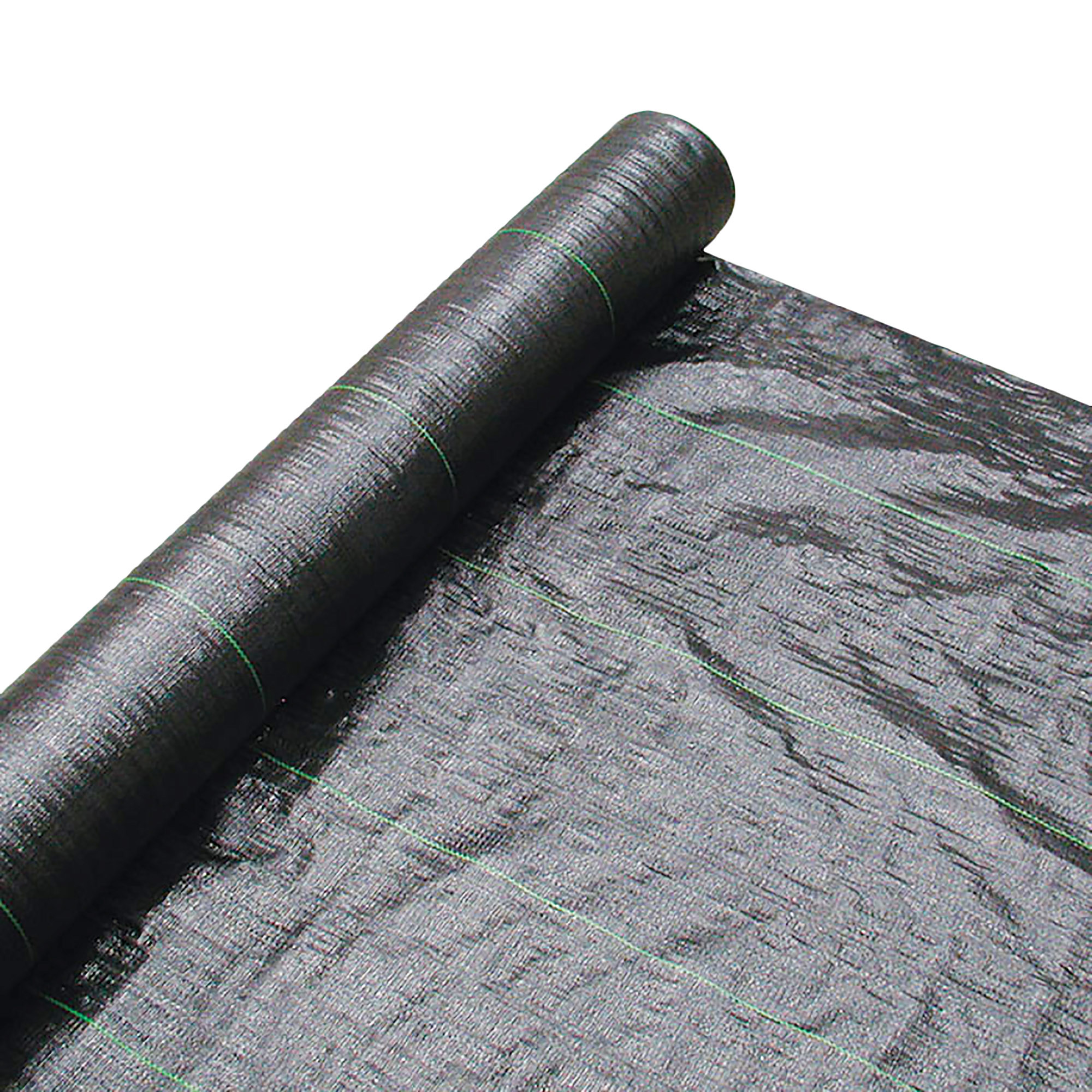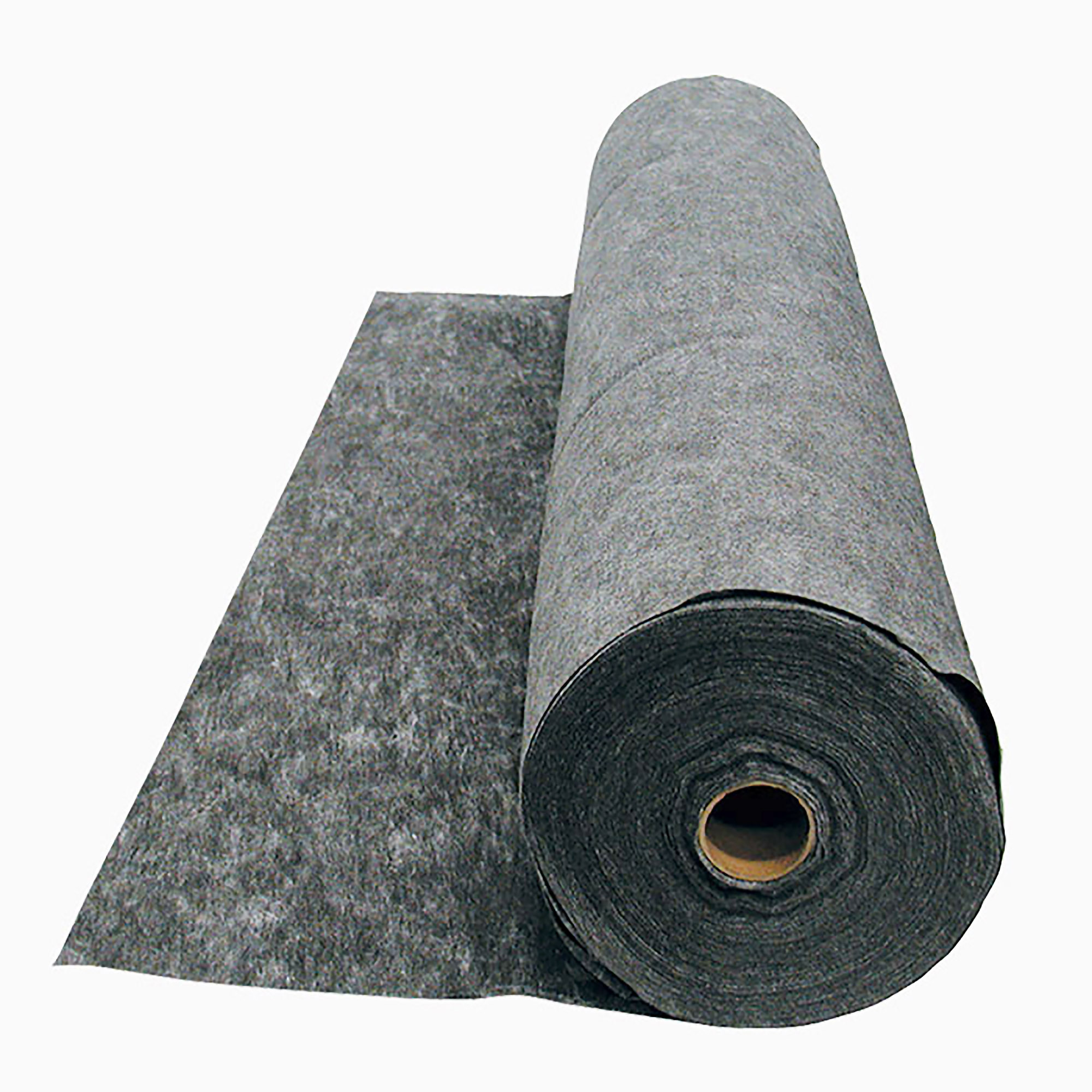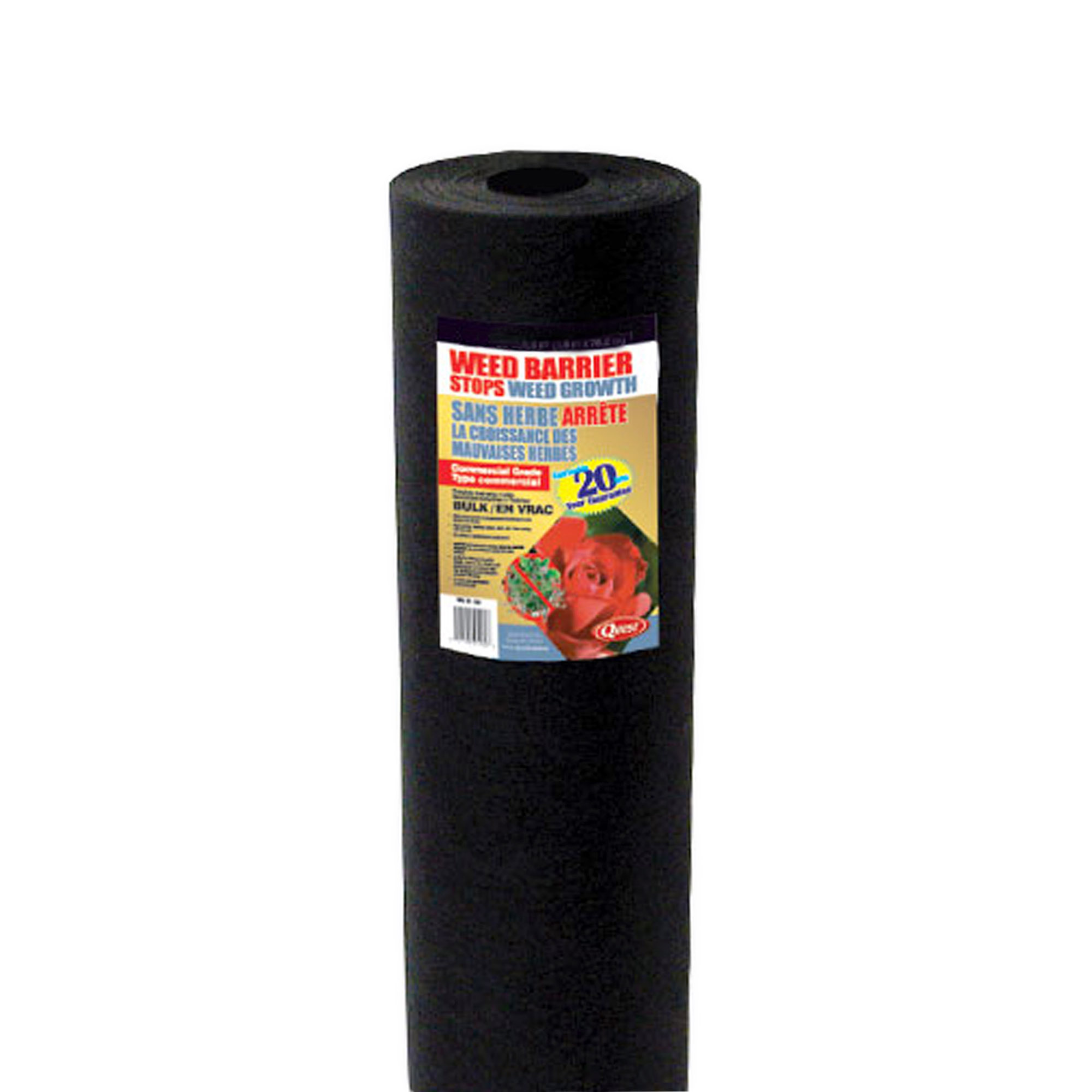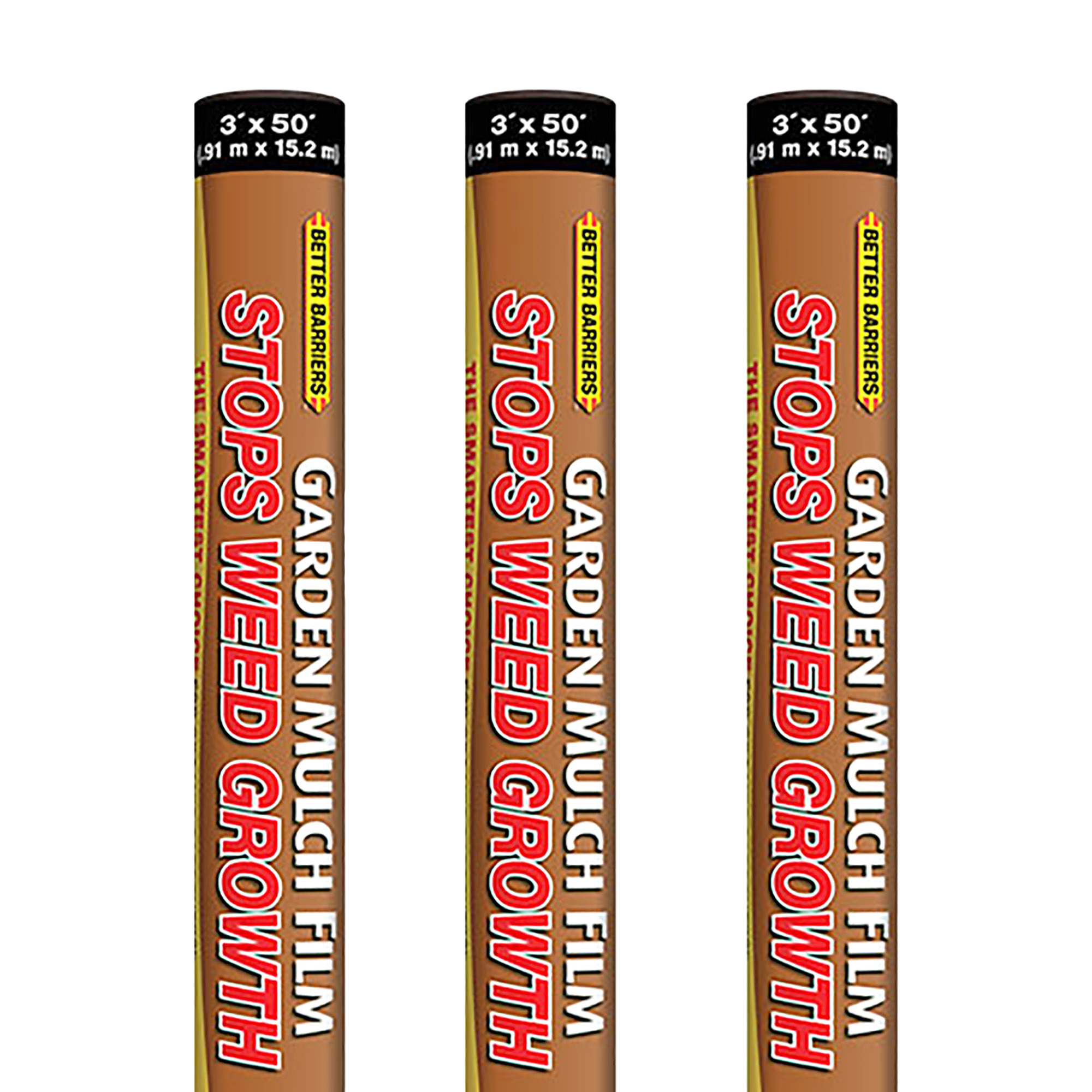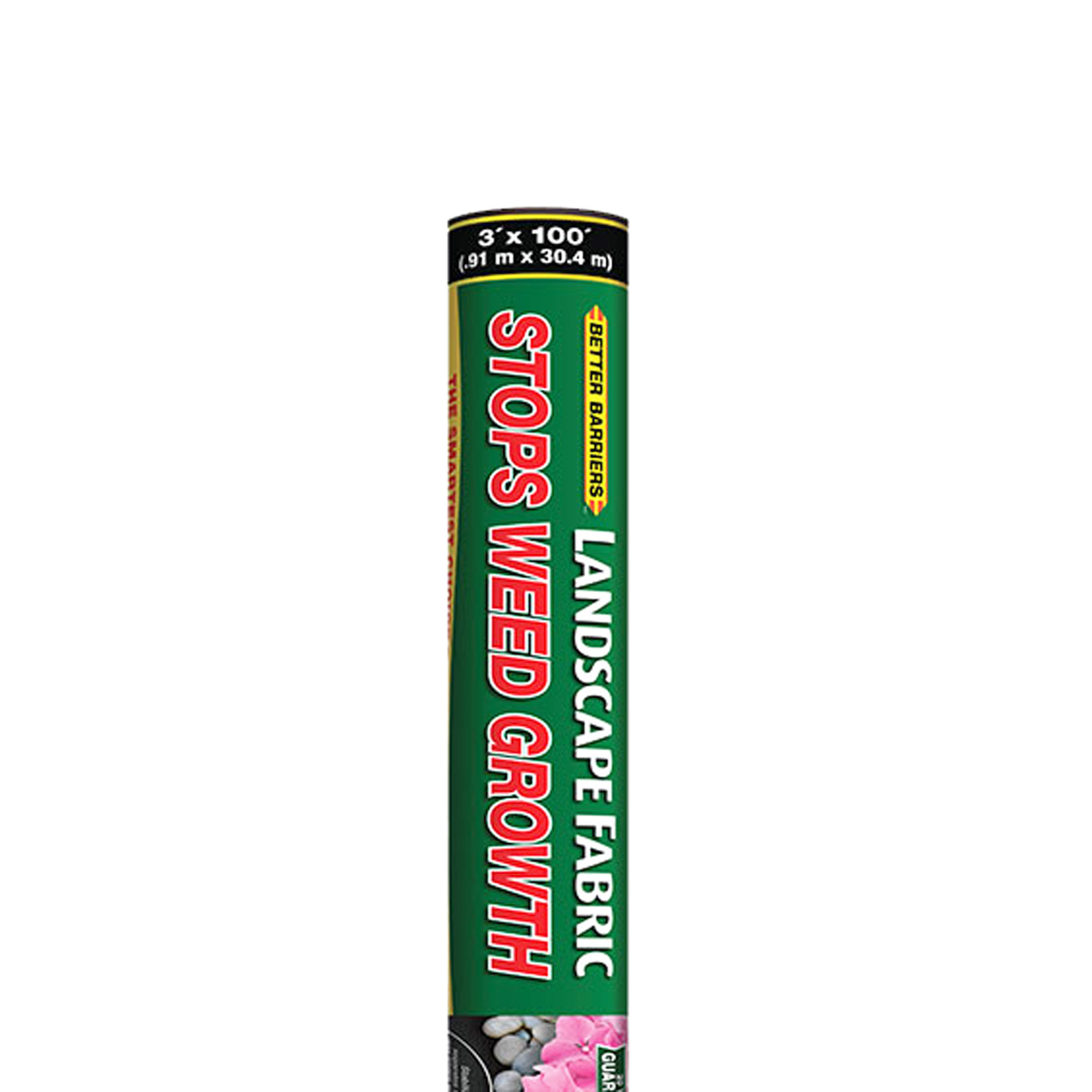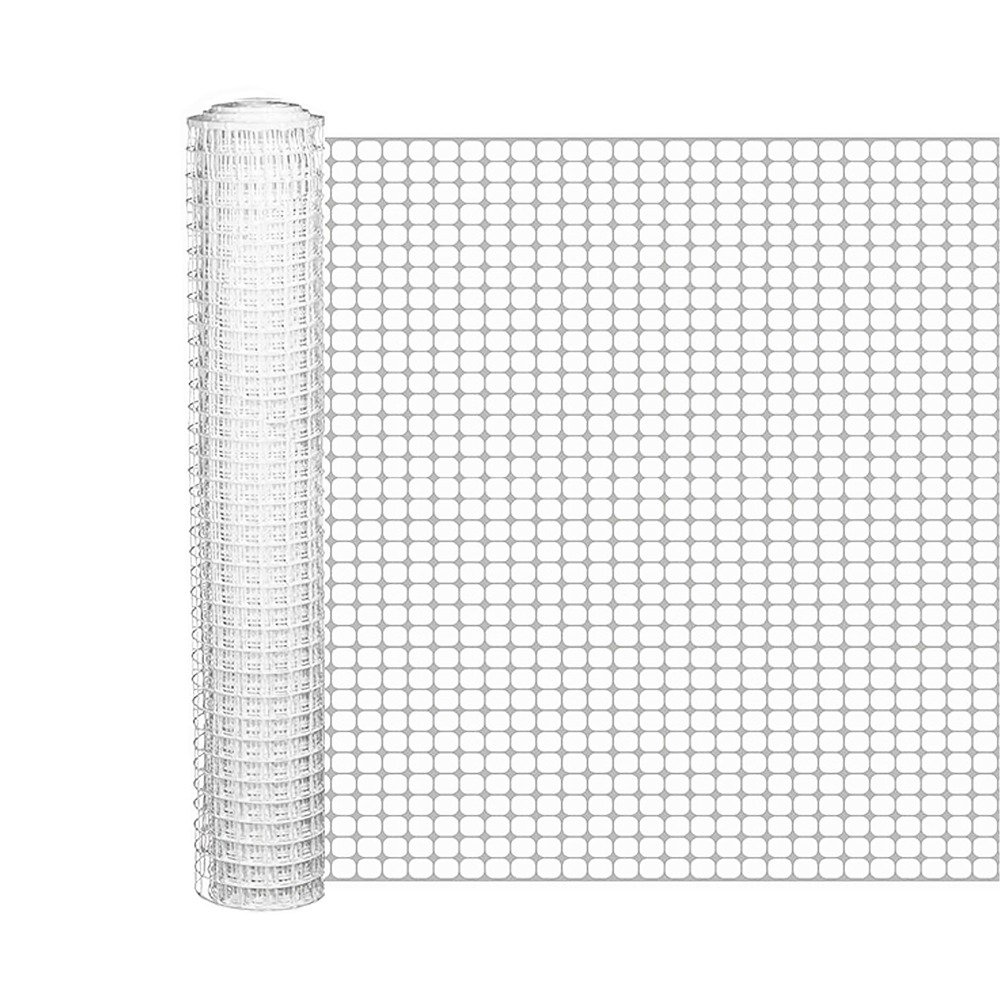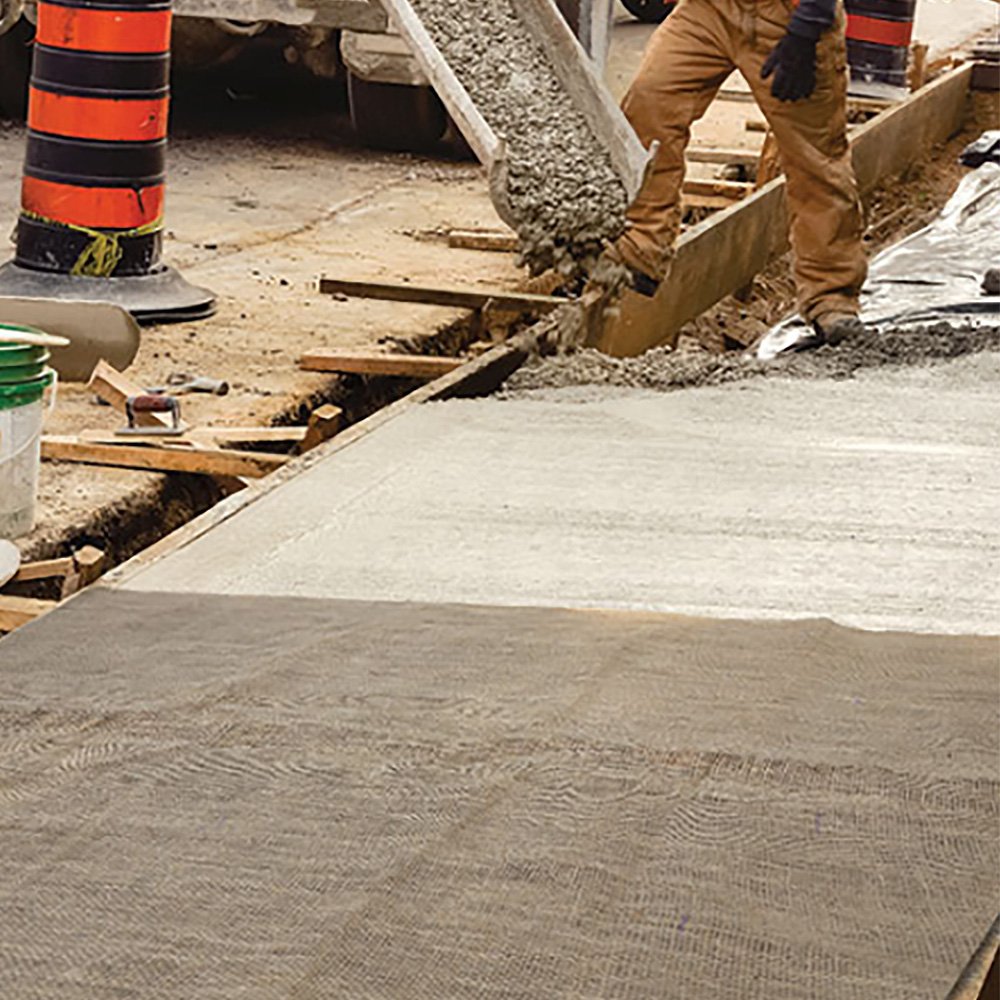Is Landscaping Fabric the Right Choice for Your Garden?
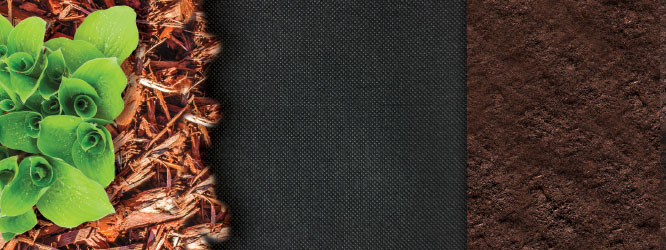
Landscaping fabric is a sheet of synthetic or recyclable materials that gardeners and landscapers use to cover the ground, control weed growth, and stop rocks from surfacing. The sheet acts as an umbrella, shading the soil below while allowing your plants to receive sun and the soil nutrients below. Landscaping fabric has pros and cons, but if you are looking to finally stop the growth of those pesky weeds overtaking your garden or yard, landscaping fabric is the answer. There are different types of landscaping fabric, so let’s find a solution that works for you!
Pros and Cons of Landscaping Fabric
Despite the controversy around the topic of landscaping fabrics, the benefits of landscaping fabric are not limited to easy weed control, and the fabric is designed to allow for partial water retention and soil aeration. Commonly stated cons of landscaping fabric are that it does not enhance plant growth, it limits soil aeration, it prevents reseeding, and it requires yearly maintenance. However, landscaping fabric is not waterproof, it allows for soil aeration, it does not, in fact, claim to enhance plant growth, may actually help with reseeding, and does not require yearly maintenance.
Landscaping fabric eliminates the need to use harsh chemicals on weeds that may be soaked into the soil and kill your plants. These fabrics are not waterproof; the tiny holes allow water to reach the soil at a slower rate. The water retention of the fabric allows your plants to soak up more of the water than they would if it were to soak directly into the soil. The same concept applies to soil aeration; the holes between the fabric's weave allow the soil to aerate. As for reseeding, though the fabric prevents the seeds of your plants from reaching the soil immediately, the fabric does allow you to collect the seeds for the next season. Maintenance is not a yearly requirement, nor is installation. Landscaping fabrics can be reused the next year and do not need to be removed from the ground. Another benefit of landscaping fabric is its ability to reduce erosion when applied to slopes.
The concern for maintenance is related to how many holes you create in the fabric for your plants and how or if you reuse the holes season after season. The concerns regarding aeration and water penetration are related to the type of landscaping fabric and ground covering you use. So, let’s address the concerns and look at different types of landscaping fabrics and how they should be used.
Types of Landscaping Fabric
There are several categories of landscaping fabric, but the common difference is woven or non-woven. Choosing the right landscaping fabric for your garden depends on the project. Woven landscape fabric is the most popular and is made of polypropylene or linen fibers woven together to create a durable, semi-permeable material. Woven fabrics are best applied for rock or gravel landscaping. Non-woven landscape fabric is made of polyester or polypropylene, often bonded by heat, chemical, or mechanical methods, resulting in a fabric with more flexibility, aeration, and slightly less permeability. Non-woven landscaping fabrics are used for gardening to prevent weed growth while allowing plants to thrive.
Woven Landscaping Fabrics for Hardscaping
Non-Woven Landscaping Fabrics for Gardening
If you have any further questions about ordering the best landscaping fabric for your project, please explore our landscaping fabric collection or contact our sales representatives. They are happy to help in any way they can!
Contact Us

